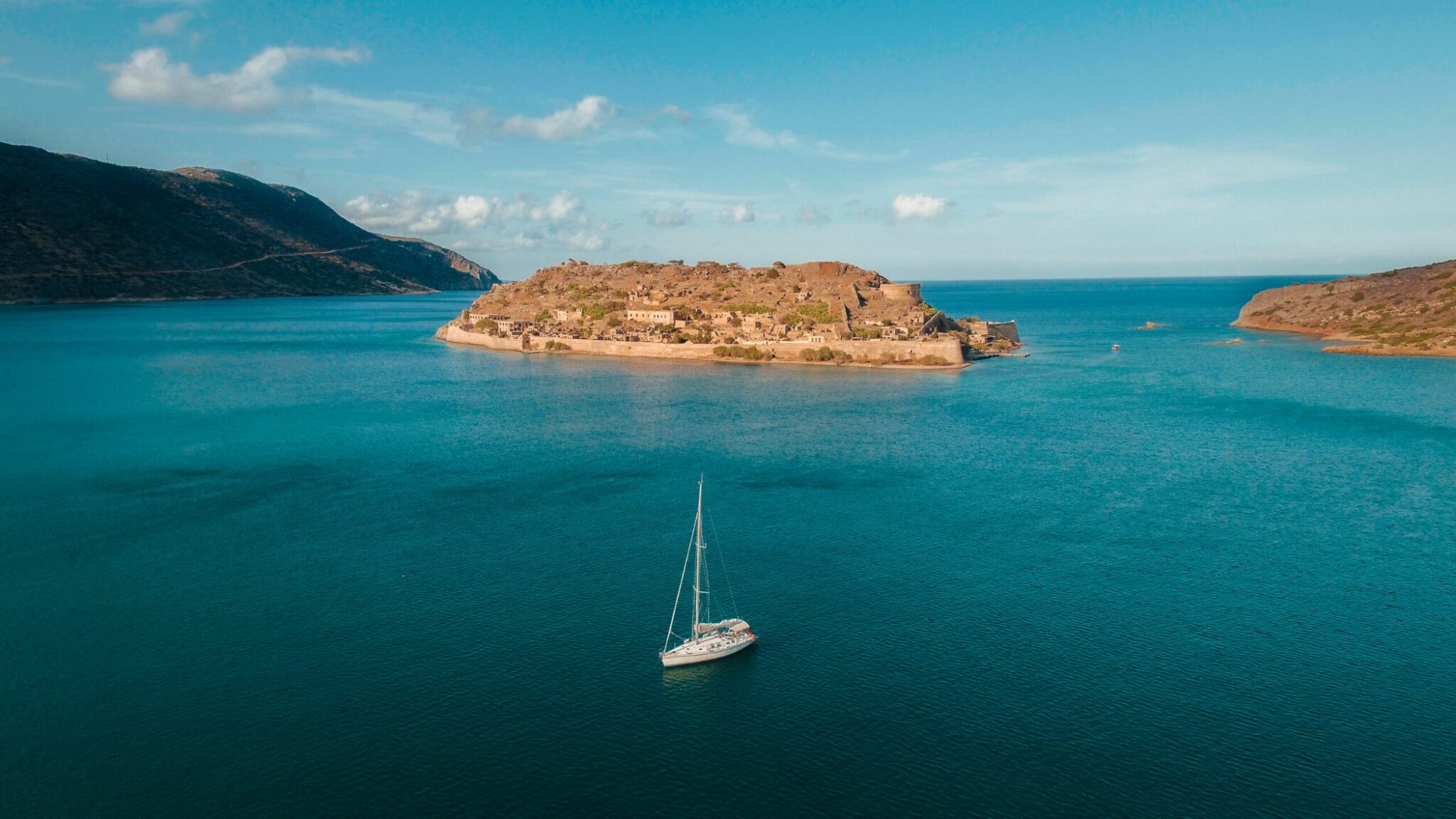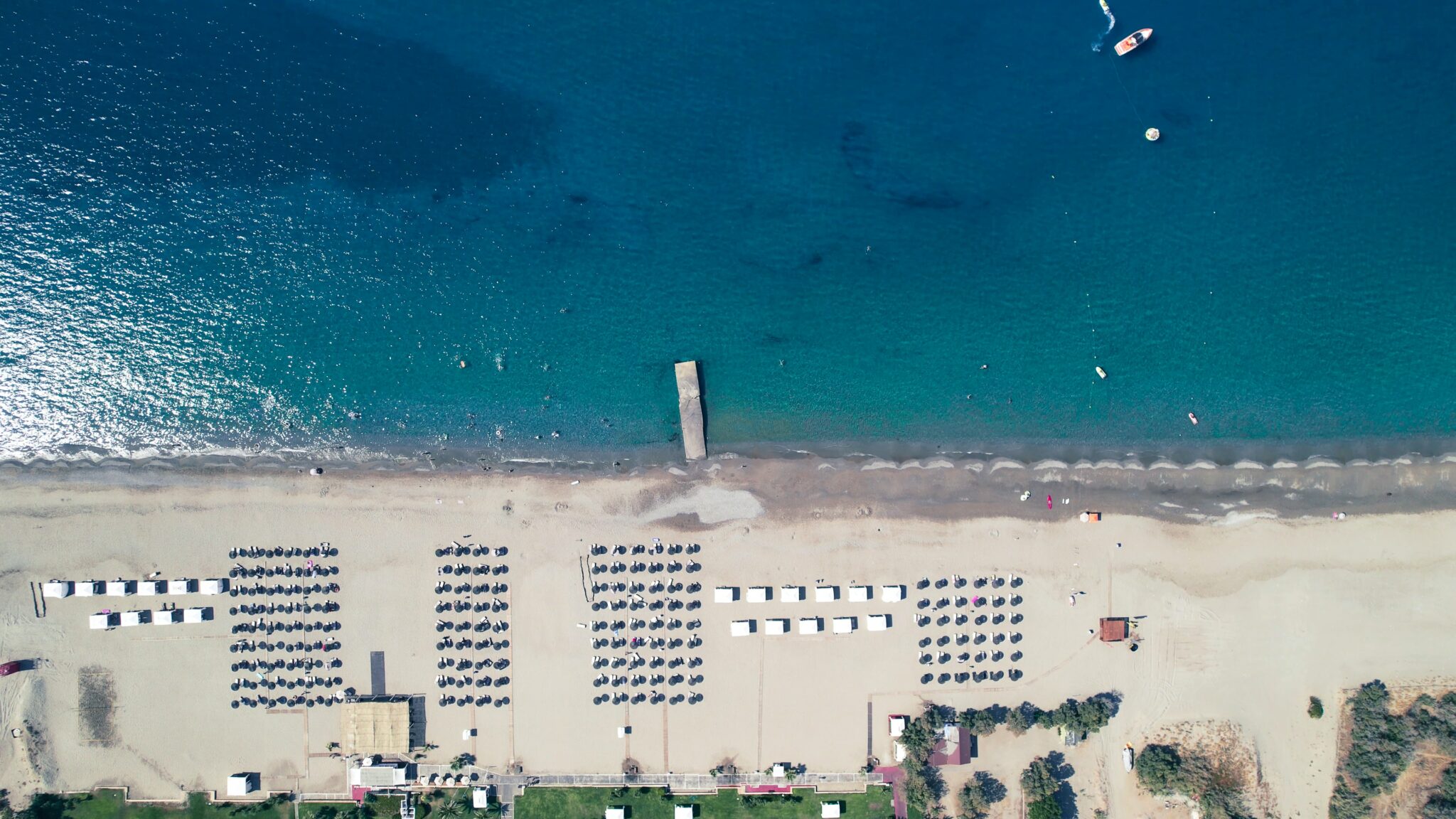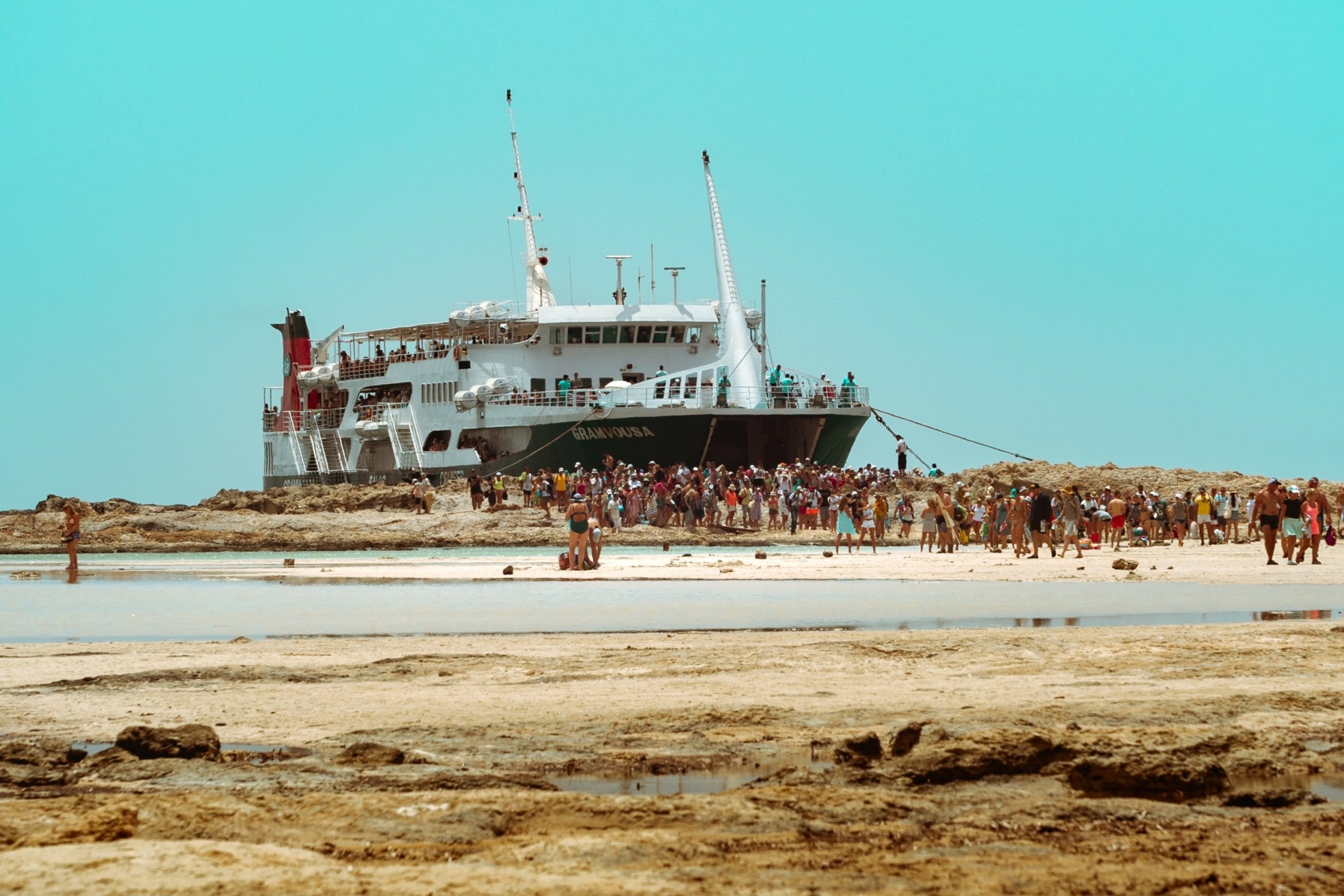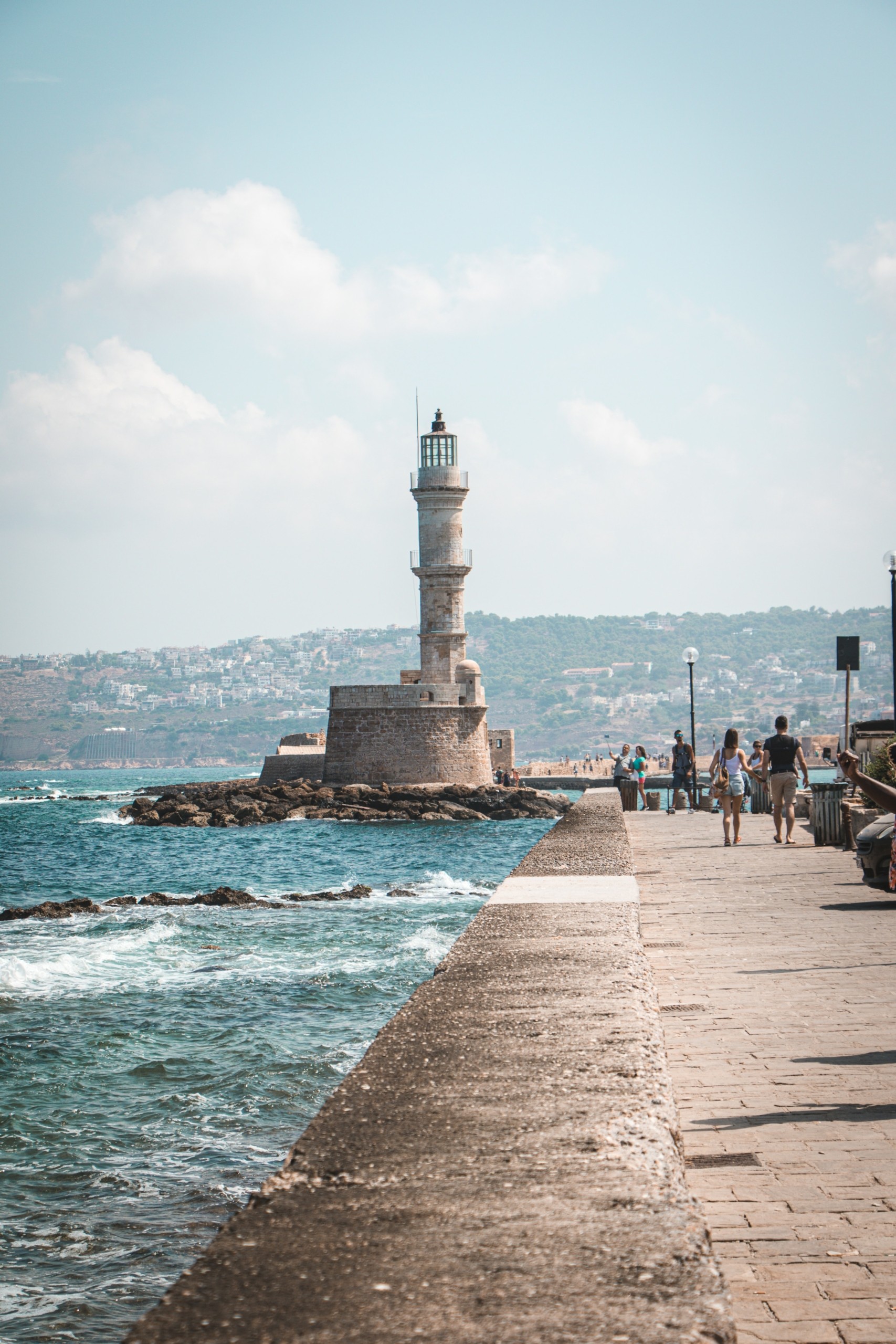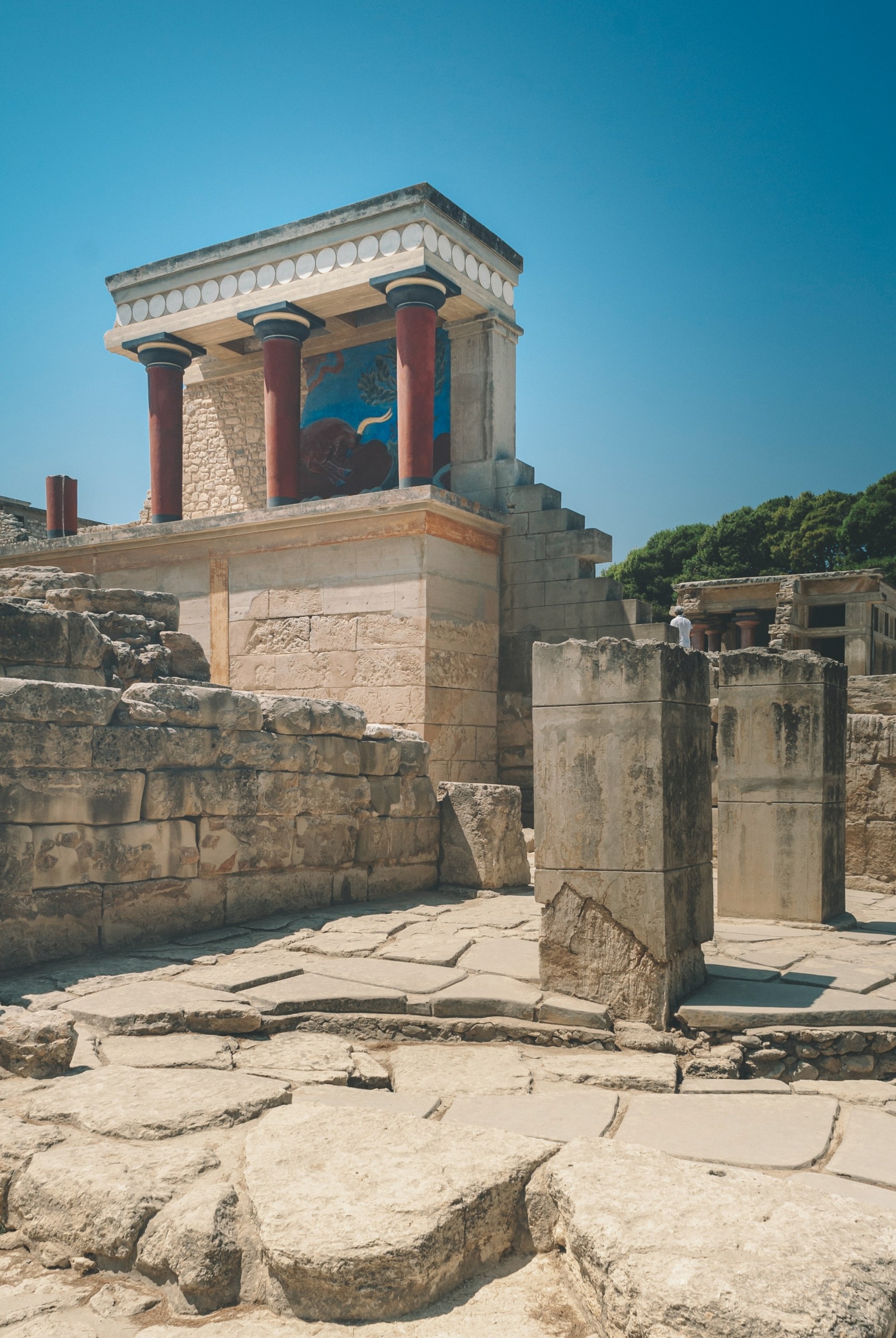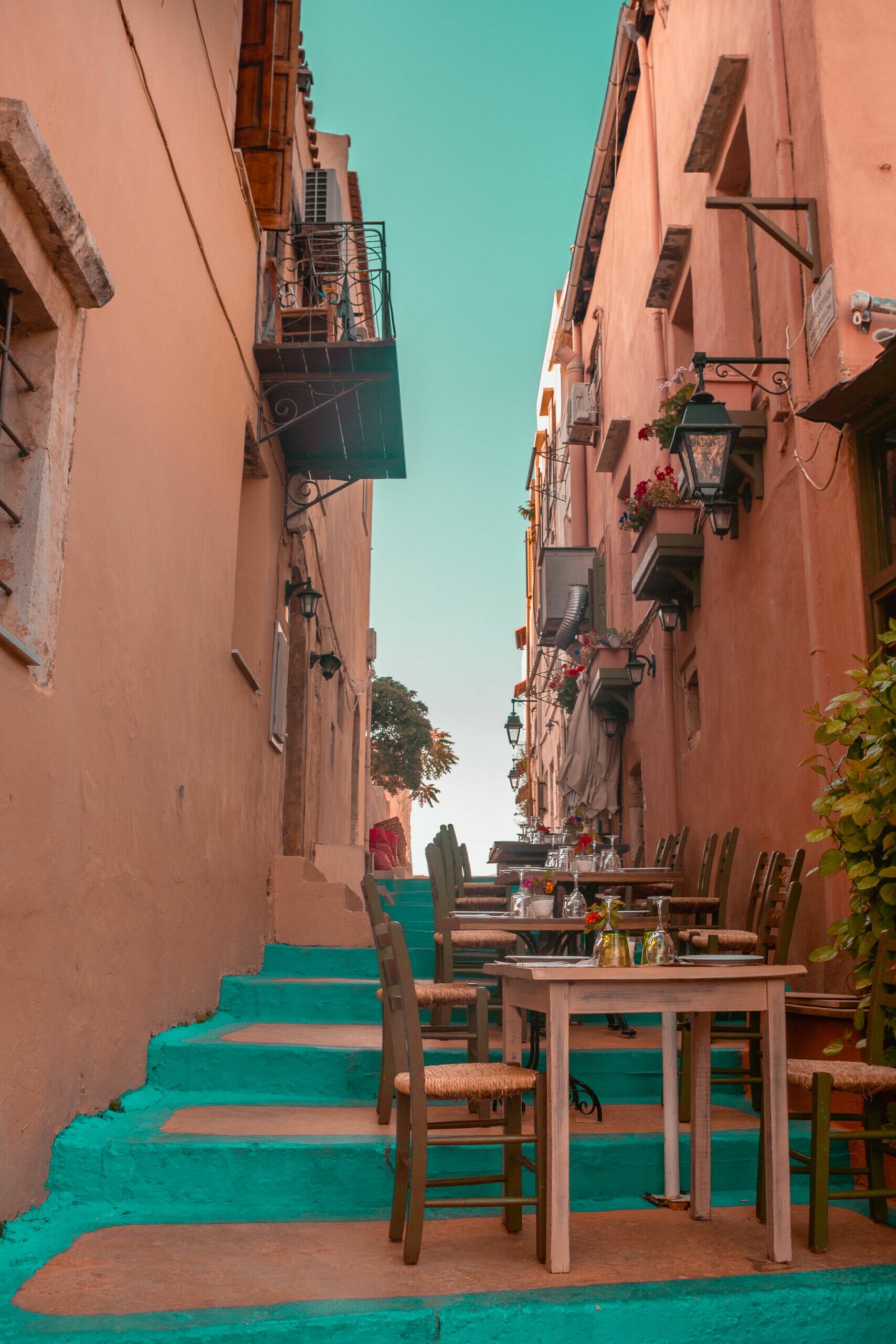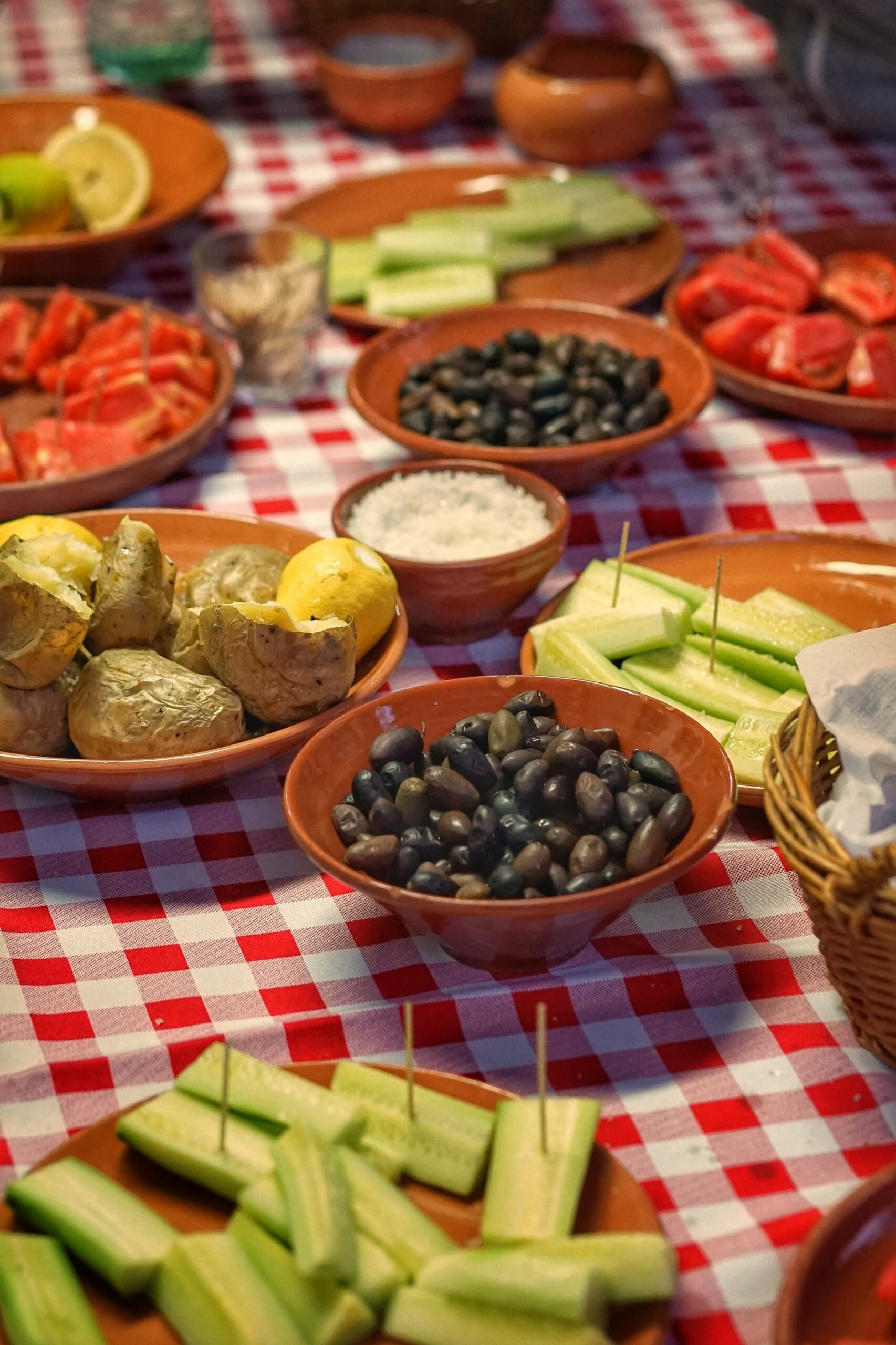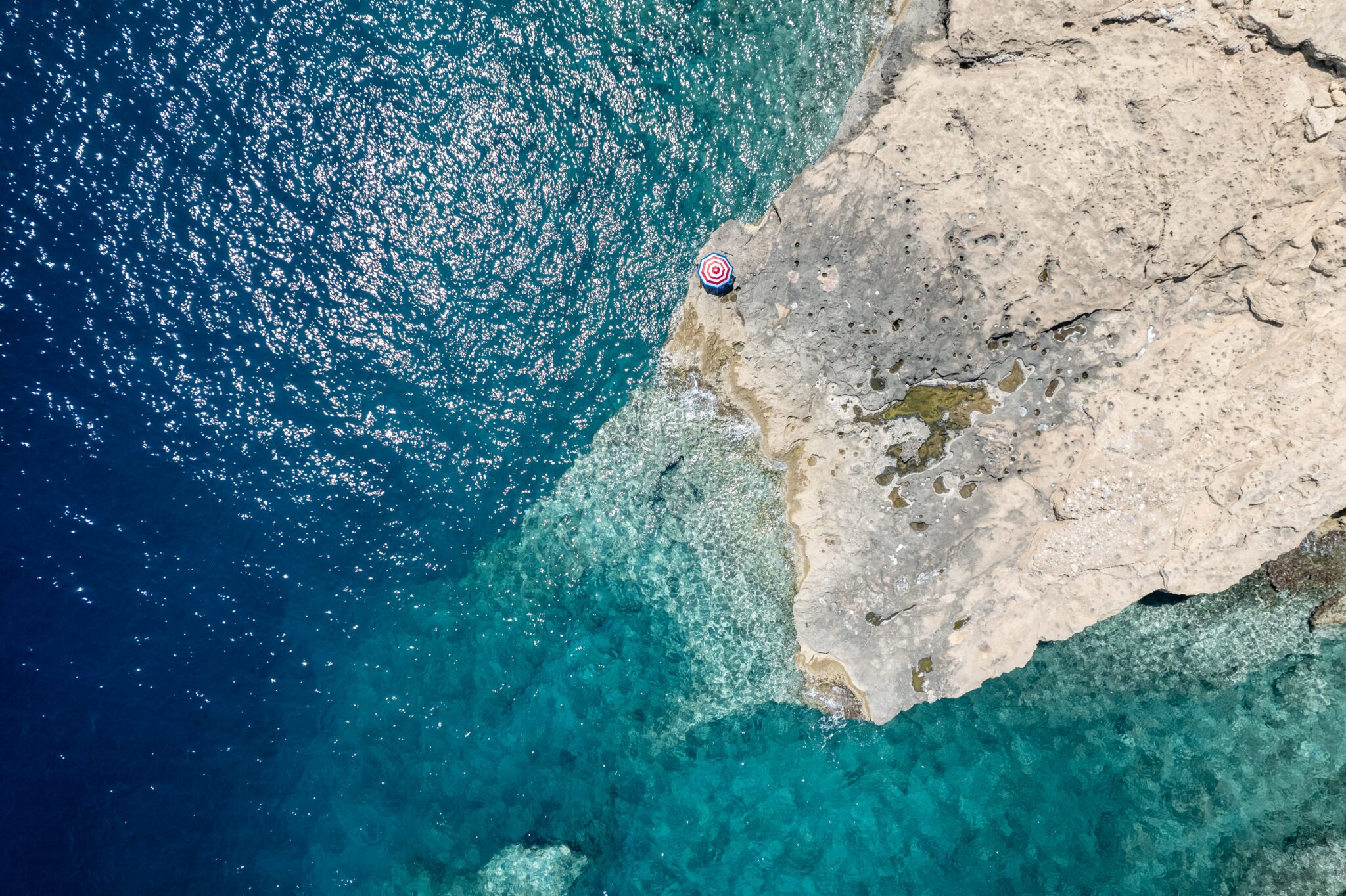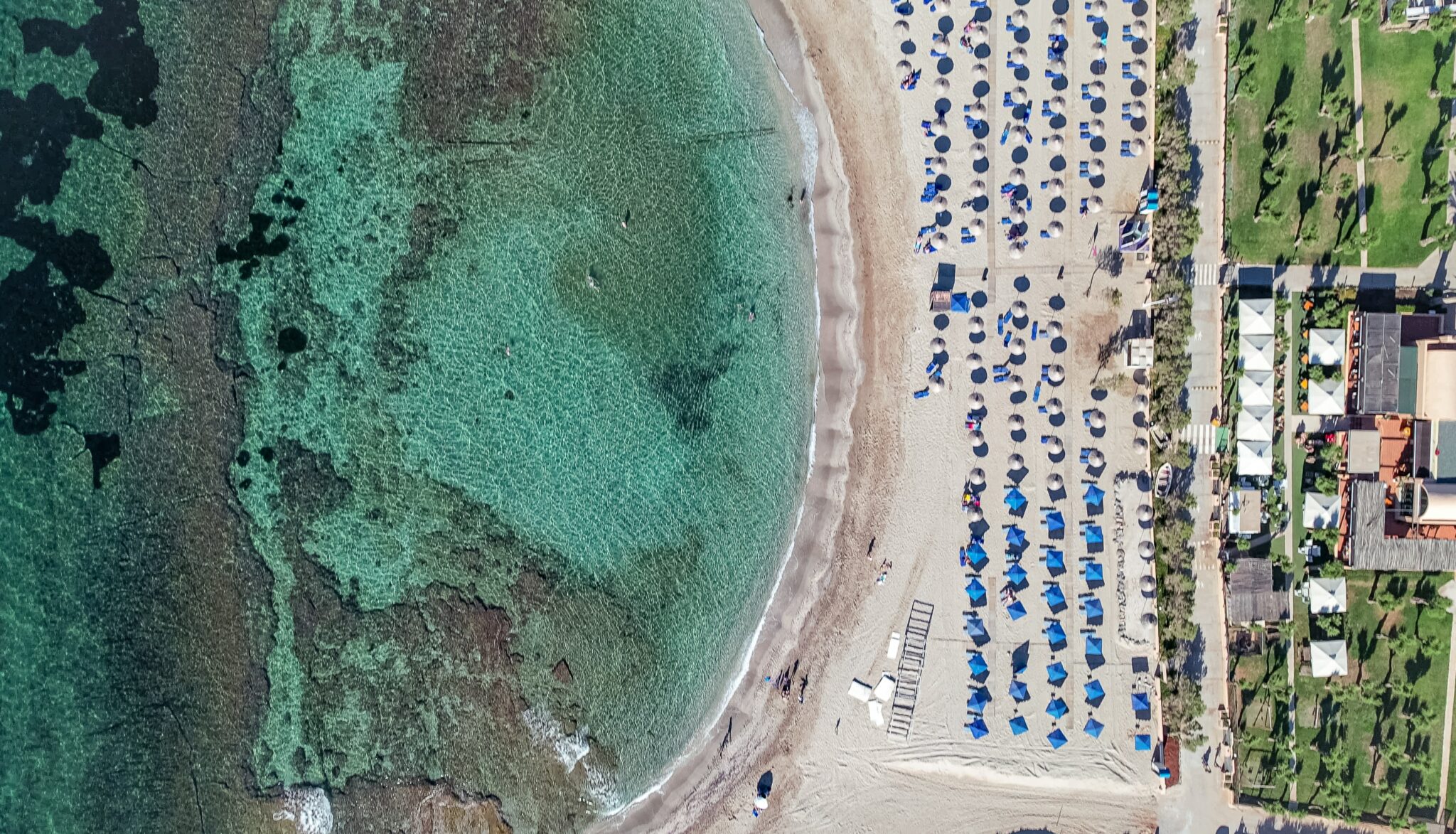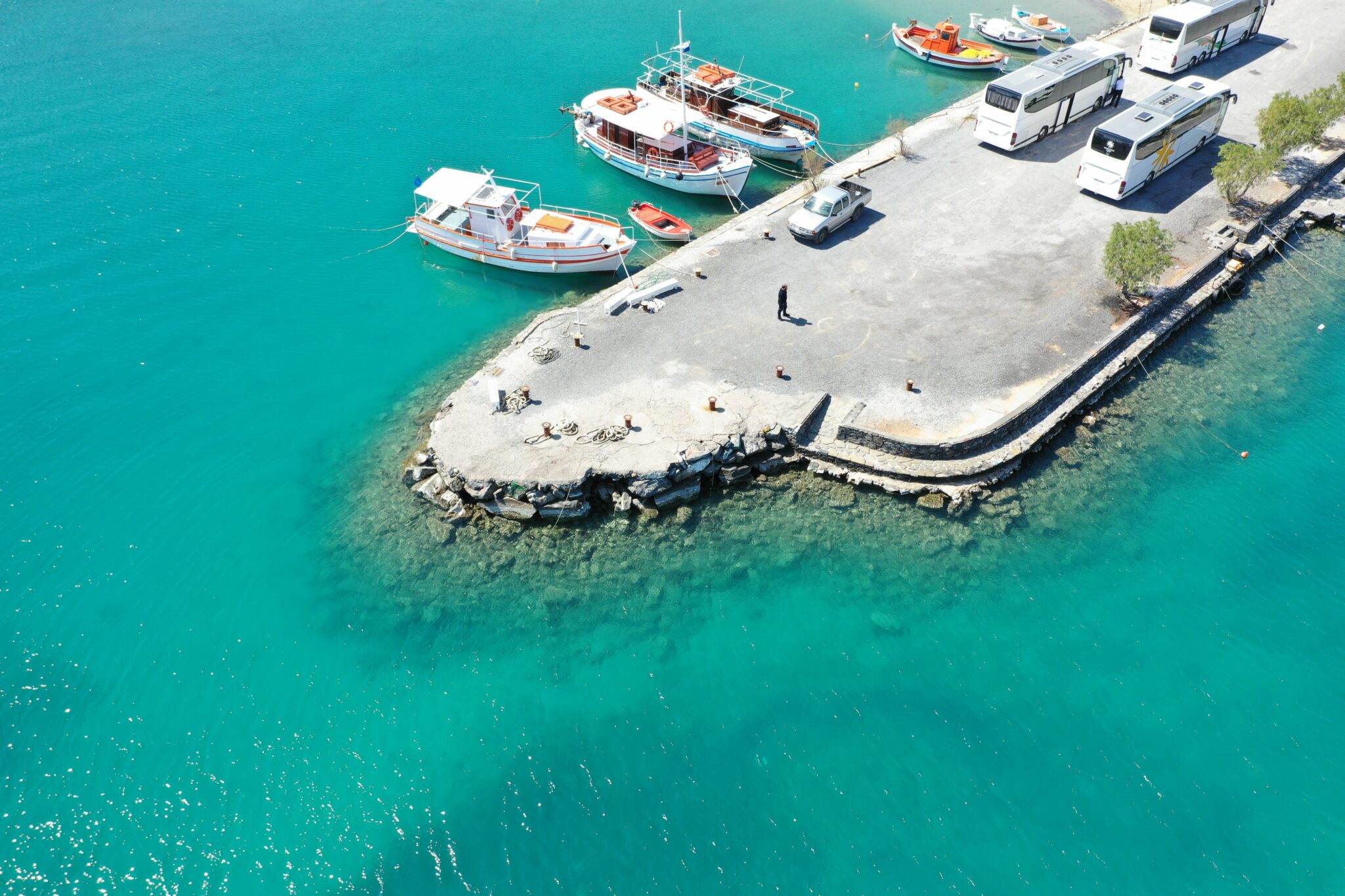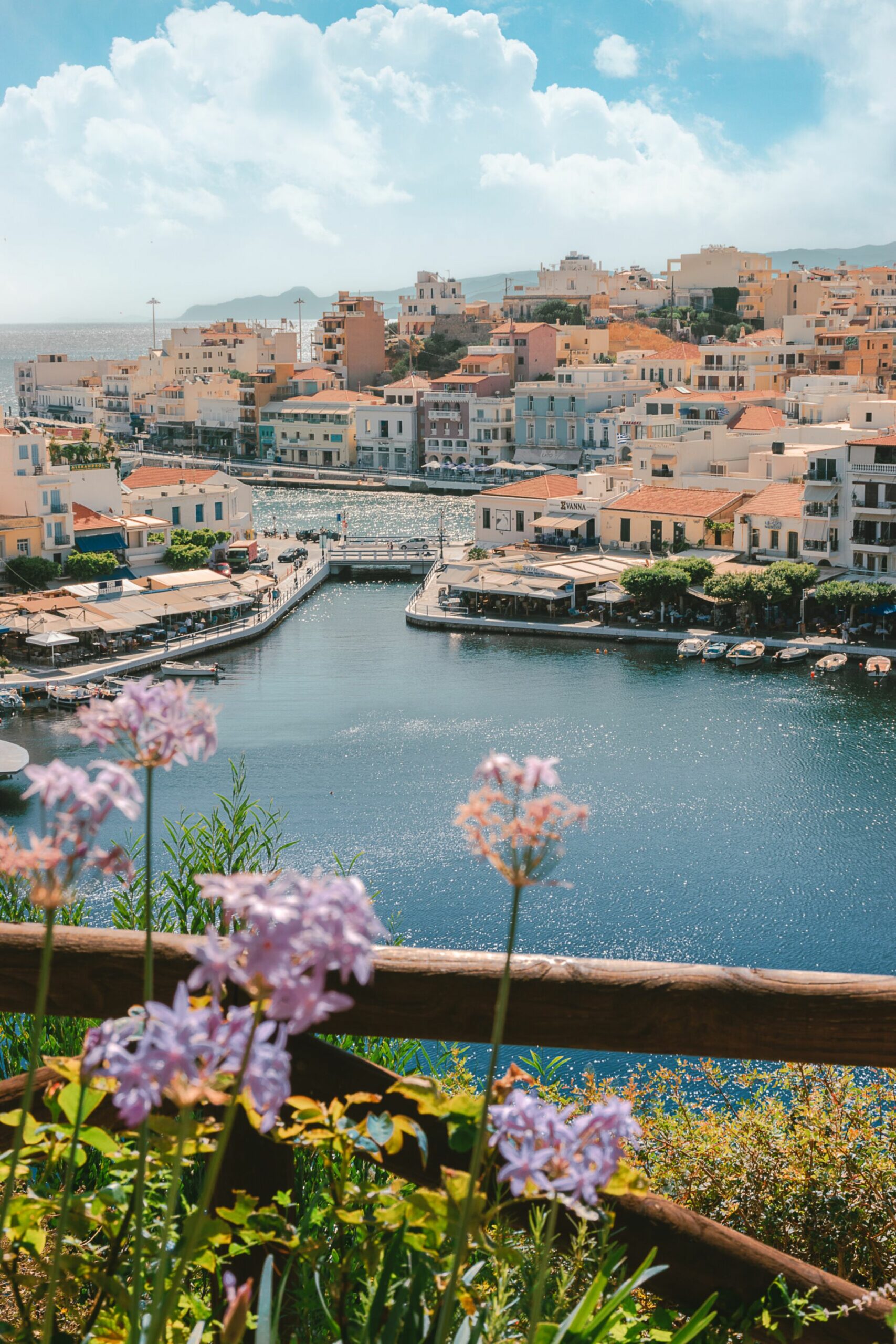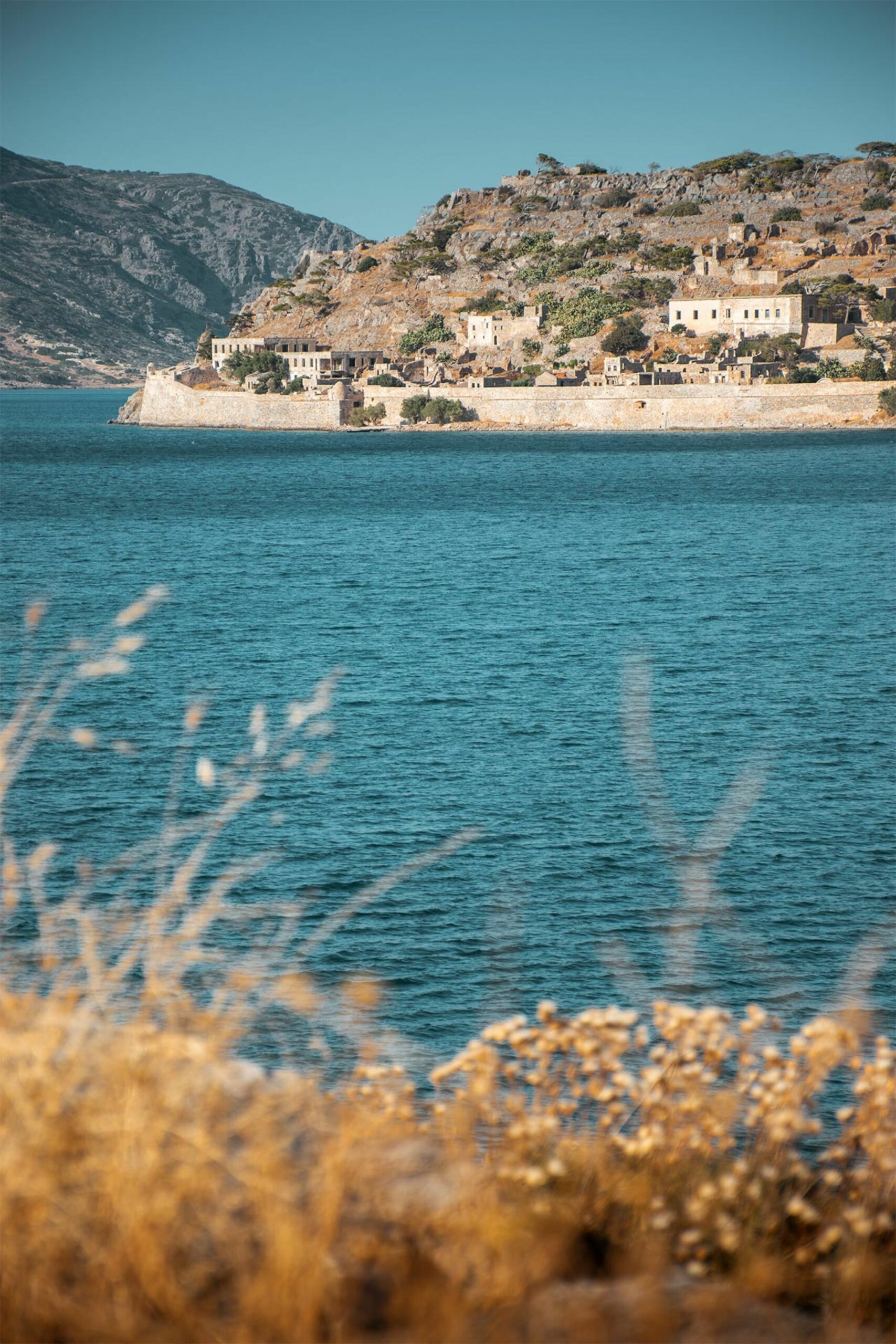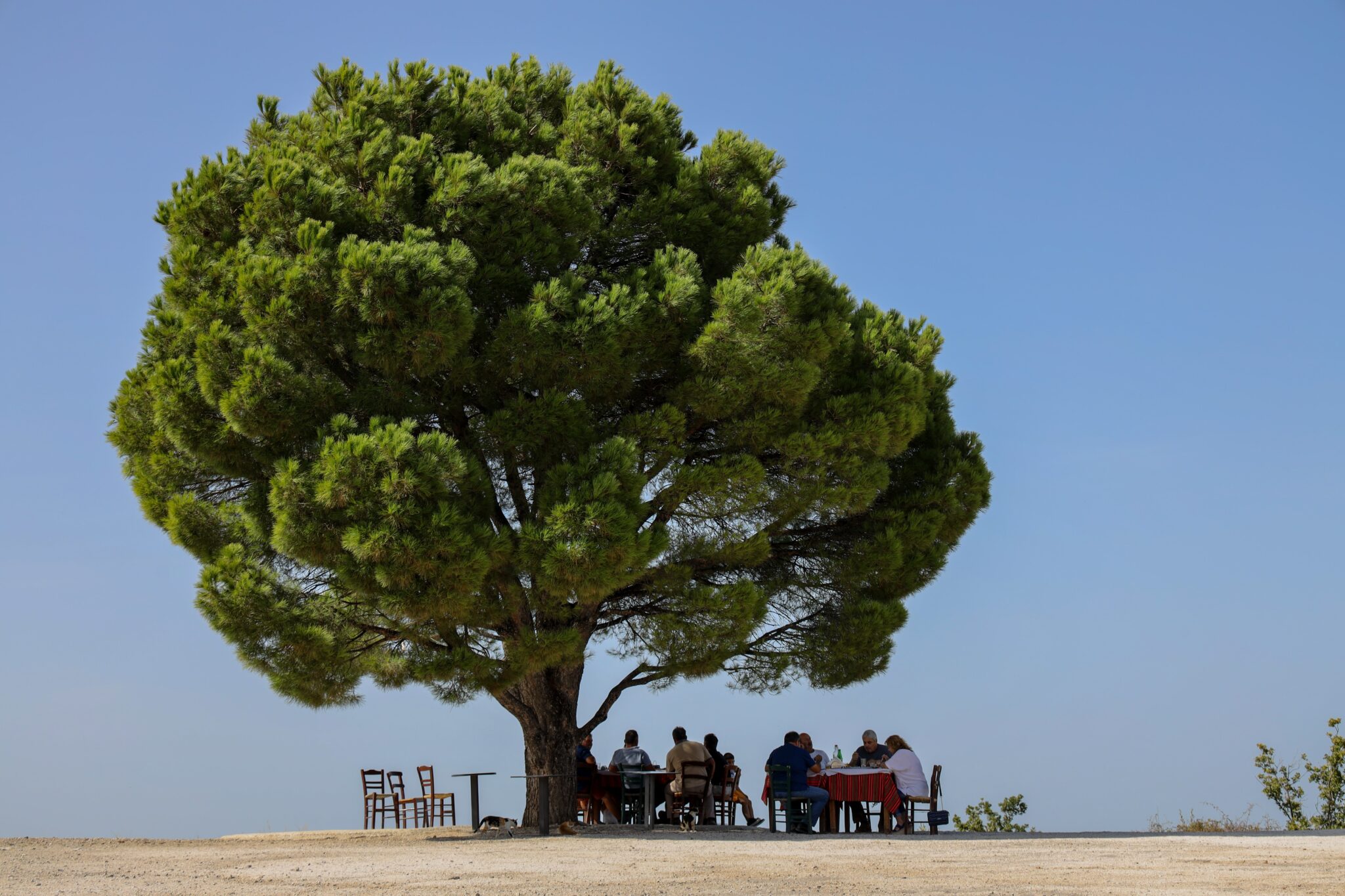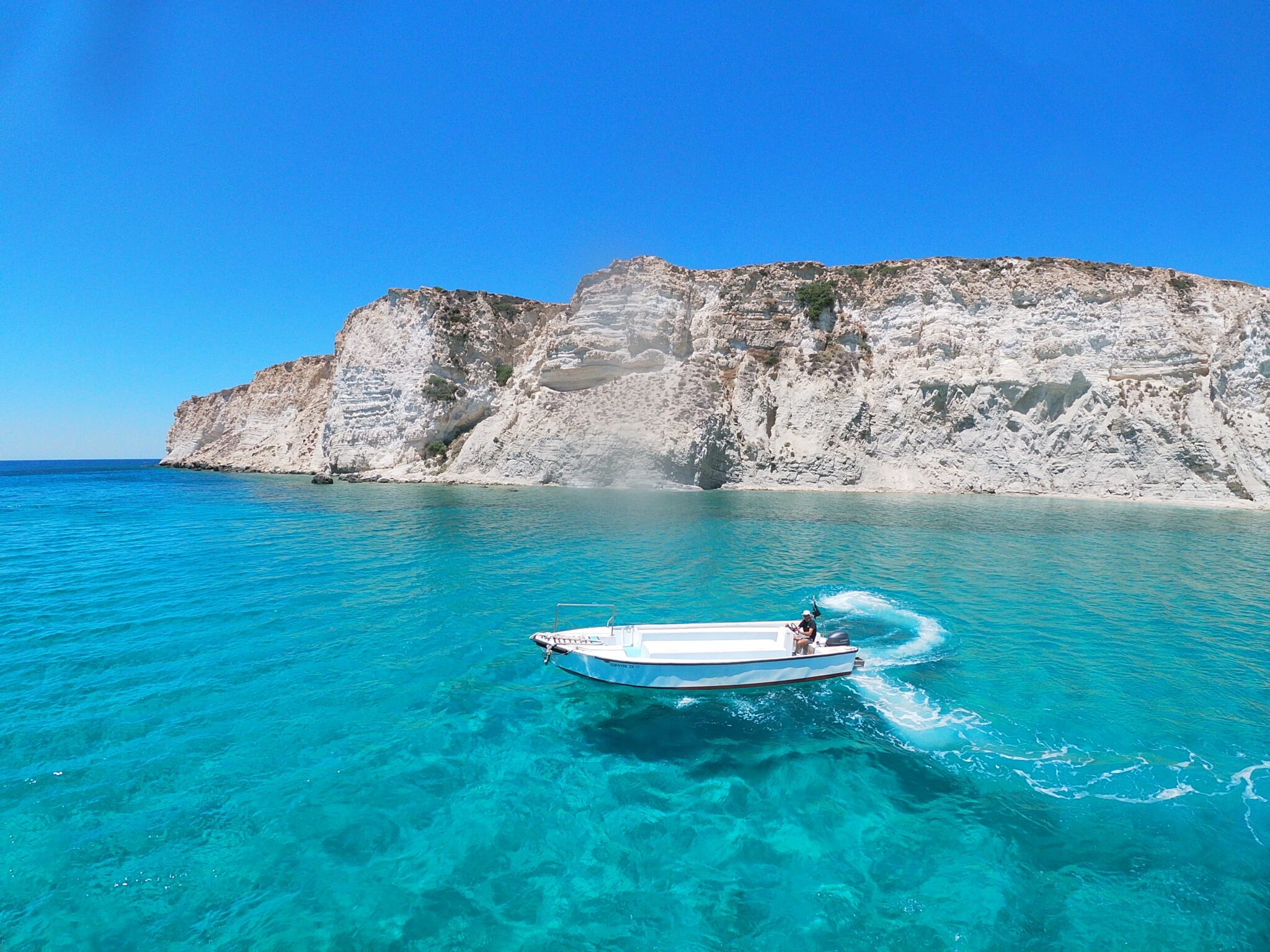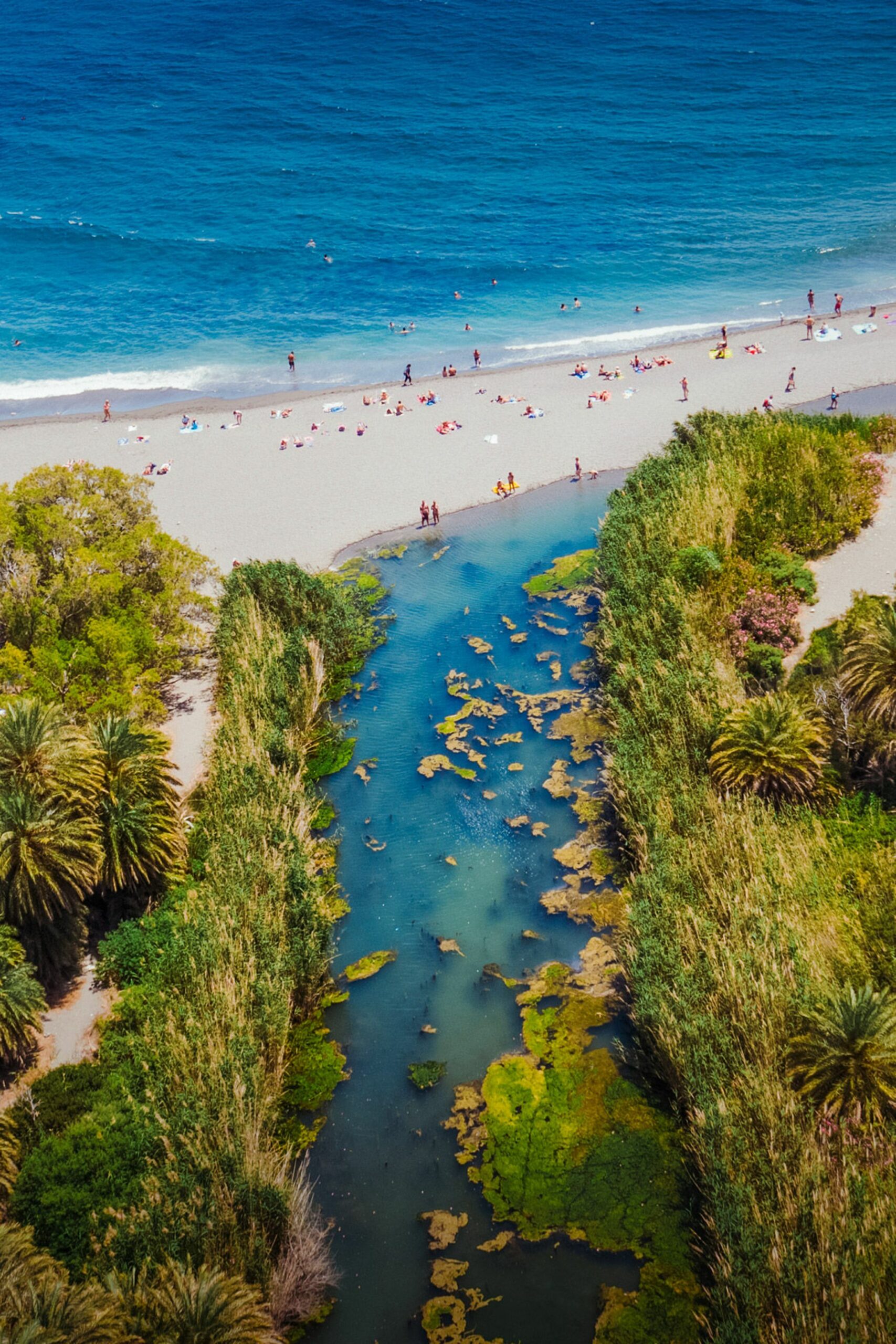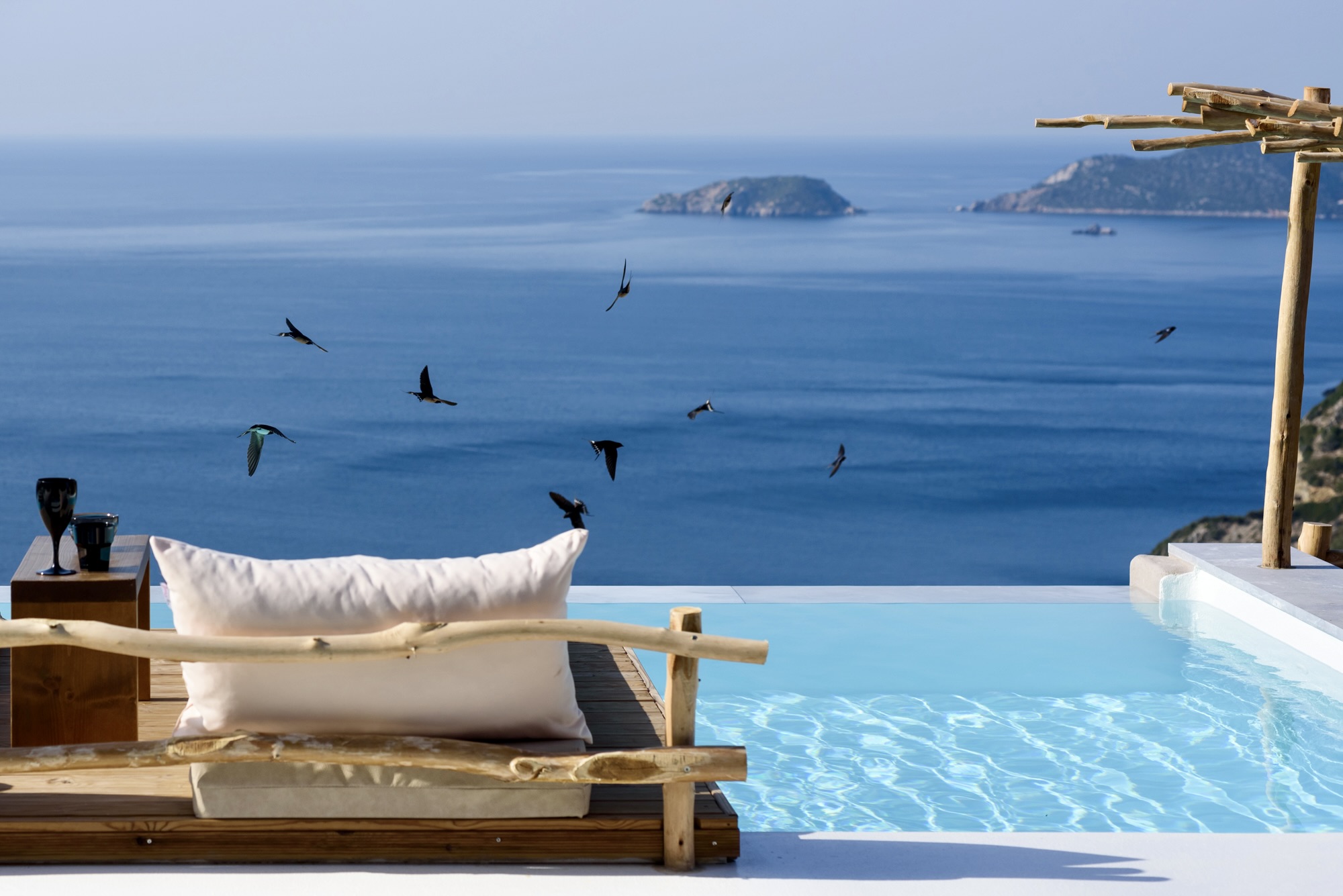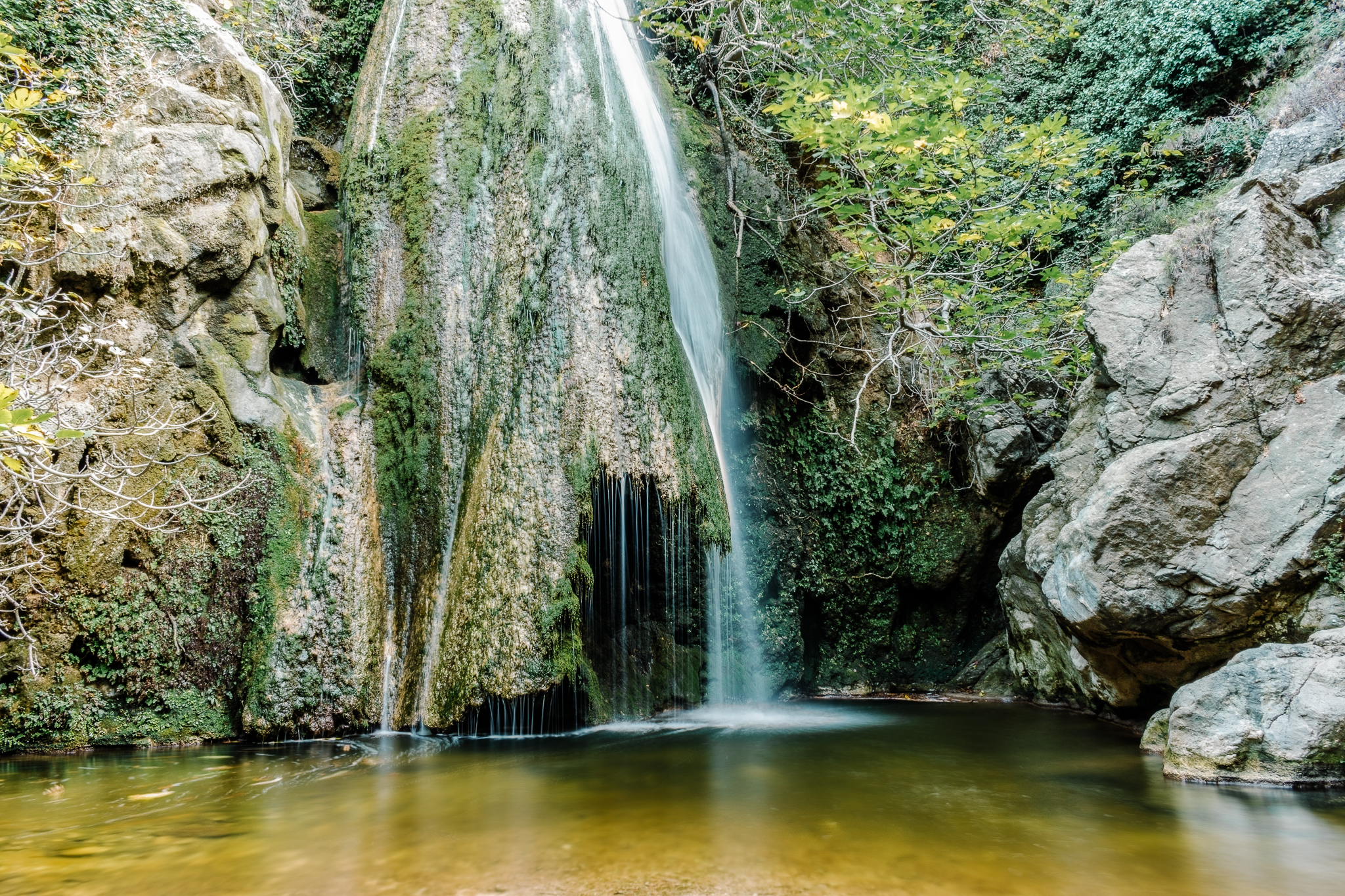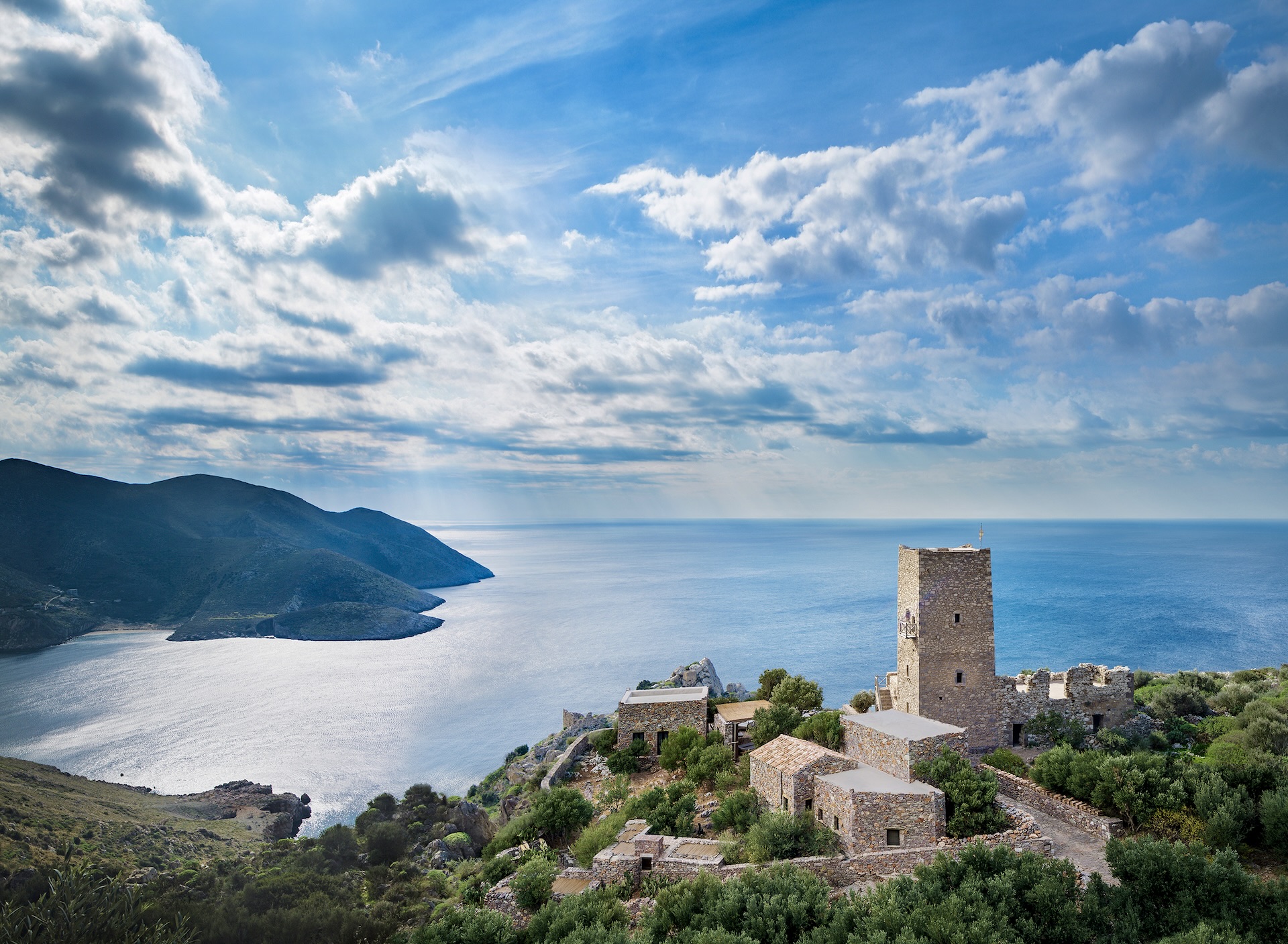When, in the 1950s, Greece was formulating a prototype for the country’s tourism strategy, Rhodes was its main asset. The Dodecanese capital, at the time, had just begun attracting a first wave of foreign tourists, visiting the island to discover the landscape, seas, explore villages and archaeological sites. Hydra and Corfu followed, becoming the next Greek destination attractions, each with their own distinct character.
Crete, despite possessing a mosaic promising rich experiences as well as a landscape of endless variation, was not yet on the tourism map. The island’s tourist activity was limited to small numbers of hesitant visitors from abroad who typically reached Crete to see the archaeological site Knossos. By the late 1960s, flights to Crete by Olympic Airways, then the country’s flag carrier airline, began offering quick access to the island, heralding the beginning of a wave that would eventually establish Crete as a powerhouse of the Greek tourism industry.
Two pivotal developments in the 1970s paved the way for the island’s hospitality sector. The development of Elounda, initially with Elounda Beach, transformed an unadulterated location on the north coast into a luxury destination, attracting jet-setters and affluent tourists. Also, in the 1976, the emergence of two new hotels, Rythimna and Creta Maris, kept the standards high, becoming hospitality institutions over the years. More importantly, courtesy of the innovative thinking of the island’s entrepreneurs and heartfelt hospitality of locals, even the more average-standard hotel units were at the forefront of Greek hospitality, further bolstering the island’s tourism product.
The long-running innovation on the island is well illustrated by the Rythimna hotel’s response to notorious food authority rules implemented in the mid-1980s, specifying dish portion quantity lower limits that needed to be maintained. The hotel introduced breakfast buffets offering local produce, establishing a trend that has continued to flourish in various forms throughout the Cretan tourism industry.
One advantage enjoyed by Crete as a destination, longer stays on the island by visitors, compared to other renowned attractions such as Mykonos or Santorini, has been fully utilised by Cretan hoteliers. “The duration of tourist stays on Crete used to be as long as 15 days. It remains relatively high, averaging 8.2 days,” explained Dimitris Kalaitzidakis, Director of Operations at Grecotel Hotels & Resorts. “This enabled all of us to approach tourists and acquaint them with Cretan gastronomy and culture. Nikos Daskalantonakis [co-founder of Grecotel] was also a pioneer in this field. After all, before he became involved in tourism, he was an olive oil and organic dairy products merchant who always appreciated the efforts of producers and the quality of produce. He managed to make his food brand synonymous with principles associated with health and culture. His vision to supply hotels with fresh organic food products led to the establishment of the Agreco farm, which created an organic farming culture and offered an exciting experience for visitors.”
Cretan enterprises supported Cretan gastronomy, designed experiences that highlighted the soul and essence of the island, ultimately establishing a unique tourism product in the global market.
Crete 2021: Occupancy rate between 70 and 94% in August
Crete, this season, is aiming to regain a large percentage of ground lost last summer following record tourism figures registered in pre-pandemic 2019. Looking further ahead, the island is striving for a return to full normality in 2022 and 2023.
High occupancy rates have been registered for accommodation units at popular destinations around the island for the week covering the mid-August summer peak.
More specifically, according to Booking.com data, the overall occupancy rate for Hania accommodation booked through the global platform for August 9 to 15 has reached 94 percent. The price range covers all levels, while, in many cases, the owners of accommodation units have offered discount prices, evening during the peak August season, a virtually unheard of strategy prior to the pandemic. Accommodation prices at small units and mountainous areas begin from 174 euros per night,for 6-night bookings, and reach 4,800 euros at luxury hotels.
In Heraklion, where the accommodation supply is greater, the occupancy rate for the equivalent period has reached 78 percent. Prices begin from 150 euros per night for small studio rooms and reach 13,482 euros at five-star hotels.
In Elounda, a location renowned for its luxury accommodation, the occupancy rate for the August 9-15 period, according to Booking.com, is 86 percent. Prices for apartments begin from 330 euros and reach 9,312 euros at luxury 5-star hotels.
At Ierapetra, the occupancy rate, according to the international booking platform, is 88 percent for the peak August week, prices beginning at 451 euros per night and reaching 1,620 euros per night.
The heightened activity planned by airlines for the weeks beyond mid-August strongly suggests the remainder of the season will be improved compared to the equivalent period last year.
Latest data provided by INSETE, the Association of Greek Tourism Enterprises, has shown that flights carrying a total number of 275,234 passengers from 15 countries are scheduled to arrive at Heraklion airport between August 9 and 22. Germany is the biggest source of this imminent influx, followed by the UK and France.
Crete’s upbeat prospects are highlighted by the solid investment interest that was maintained by entrepreneurial groups on the island in 2020, despite the pandemic-induced flatness, for the development of new hotels on the island. It is estimated that hotel groups last year secured at least 28 project permits for the construction of projects, primarily luxury units. Other key infrastructure that promises to further enhance the island’s profile includes the development of a northern highway linking Kissamo with Sitia, to stretch approximately 300 km. Prime Minister Kyriakos Mitsotakis has already announced funds, for this project, worth 2 billion euros in coming years. In addition, a new airport is planned for Kasteli, southeast of Heraklion. Preliminary work is already underway for this project, to provide further impetus to tourism on the island.
According to latest data provided by the Hellenic Chamber of Hotels, a total of 1,619 hotels with 96,367 rooms and 187,599 beds were registered on Crete up until the end of 2019. Of the total number of hotels, 128 belonged to the five-star category, 330 were four-star, 392 were three-star, 589 were two-star and 180 were one-star. In terms of hotel beds, the total was 48,061 in the five-star hotel category, 63,189 in the four-star category, 32,838 in the three-star category, 34,899 in the two-star category and 8,612 in the one-star category.
In 2020, Crete hosted 1.23 million tourists, down sharply from 5.29 million in 2019, according to Bank of Greece data. Germany was the leading market, its arrivals to Crete totaling 449,800, compared to 1.32 million in 2019. The UK was ranked second with 149,900 tourist arrivals to Crete, down from 596,100 in 2019, and France was ranked third with 149,600 arrivals from 584,200 in 2019.
Tourism industry revenue on Crete totaled 861.4 million euros in 2020, sliding from 3.6 billion euros in 2019. Germany was the leading source of the island’s tourism revenue in 2020, responsible for the inflow of 330.2 million euros, down from 972.3 million euros in 2019. The UK followed with 114.9 million euros from 420.1 million euros in 2019, while France was ranked third, supplying 110.1 million euros in 2020 from 399.5 million euros in 2019. Crete captured a 20 percent share of total tourism industry revenue in Greece in 2019, according to INSETE data. International flight arrivals to Crete registered a 26 percent increase between 2014 and 2019, from 3.5 million to 4.5 million. In addition, Crete holds a 4 percent share of the country’s boat-passenger activity. The figure for Crete rose by 17 percent between 2014 and 2019, from 2.7 million to 3.1 million. During the same period, the total number of persons employed in the hospitality sector increased by 21 percent, from 17,000 in 2014 to 21,000 in 2019, while the number of employees at accommodation units increased by 37 percent, from 14,000 to 19,000.
In 2020, 10.5 million overnight stays were registered on Crete, approximately one quarter of the 43.26 million recorded in 2019. The average duration of stays on Crete last year was 8.5 nights, marginally up from 8.2 nights in 2019. Also, tourists on Crete spent an average of 697.2 euros in 2020, over their entire stays, compared to 681 euros in 2019, while the average amount spent per day was 82 euros in 2020 from 83.2 euros in 2019.



